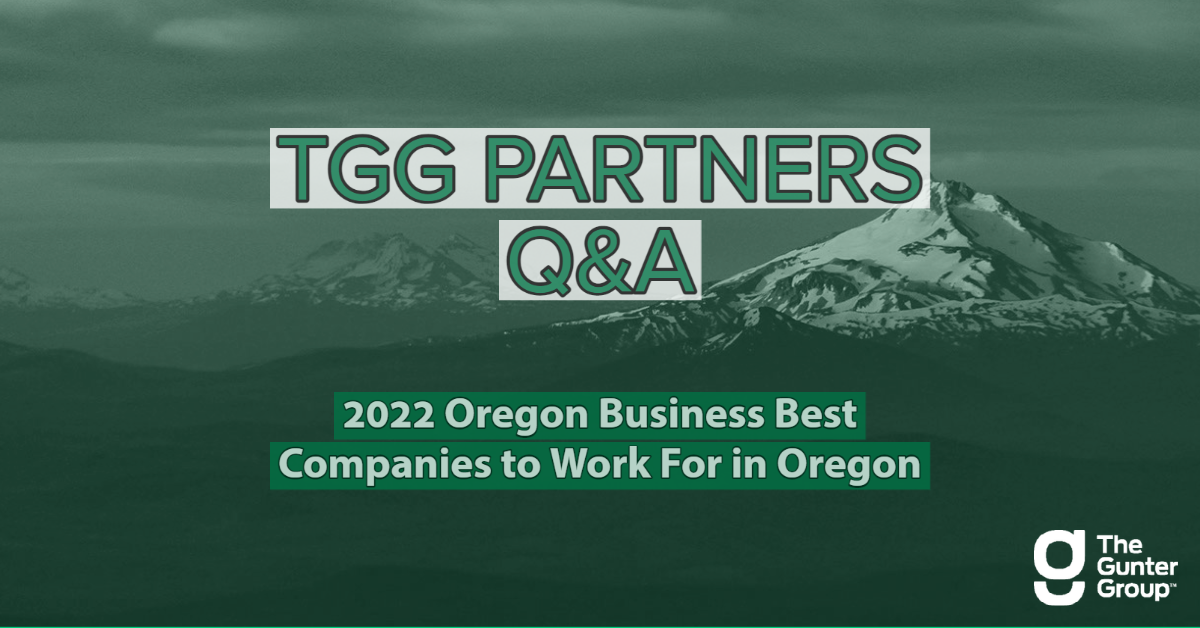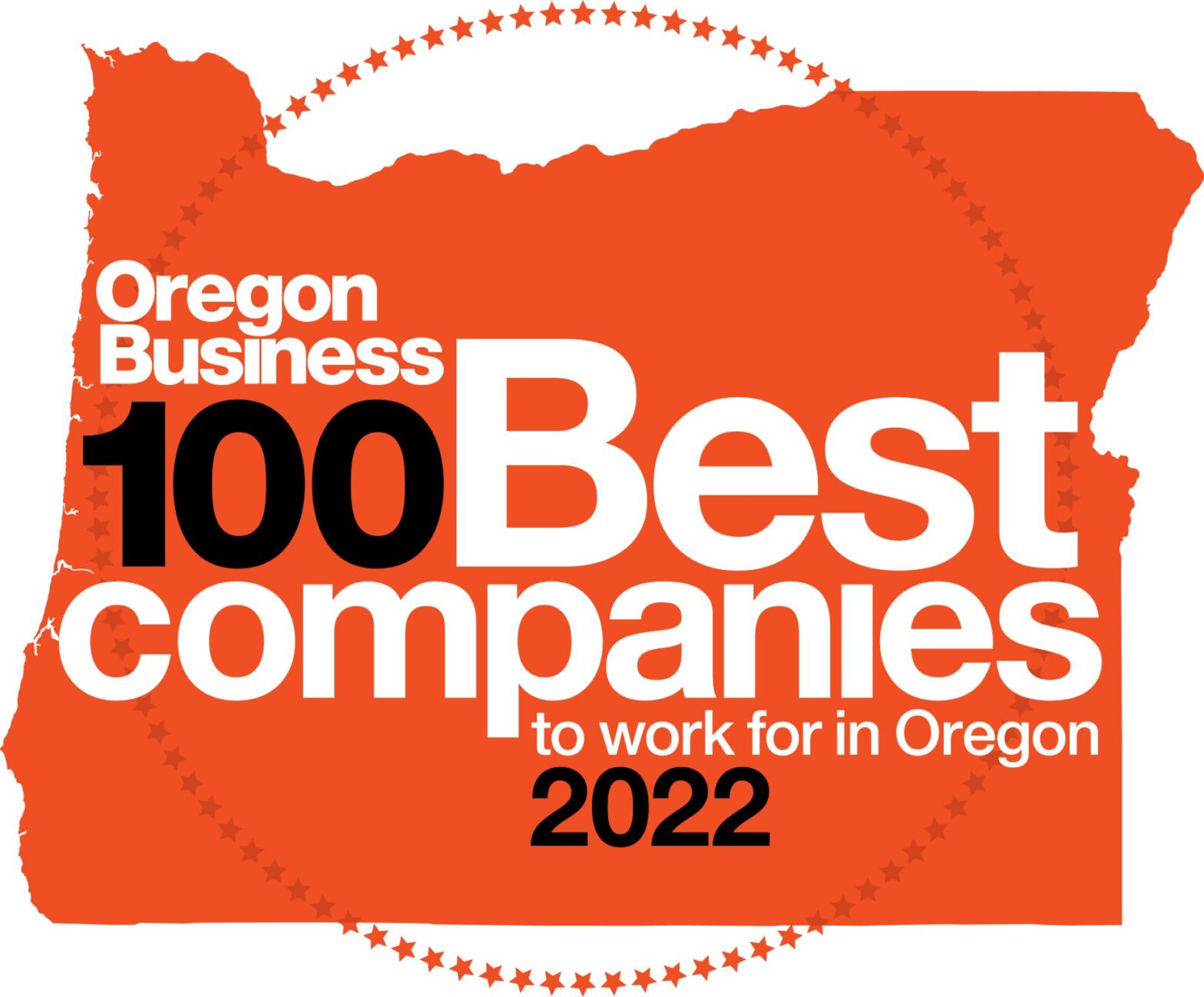How does an organization transition to a hybrid work structure in a post-COVID environment? Consultant Eric Duea shares about his partnership and work with a financial institution as they launched a “future of work” project.
Tag Archives: Management Consulting
ENGAGEMENT SPOTLIGHT
FIRST STEPS AND HELPFUL FRAMEWORKS
(Agile Series Part 6)
The idea of adopting Agile methodologies may seem daunting. However, our experienced team is confident Agile principles can deliver results to your organization. Here we boil down the first steps leadership teams can take to build their Agile muscle and the frameworks to utilize along the way.
VELOCITY: DRIVING TOWARDS CONSISTENT VALUE DELIVERY
(Agile Series Part 5)
Velocity, at its core, is the simple measurement of the rate at which a team consistently delivers business value to an organization’s customers. A pragmatic approach to determining velocity creates healthy team dynamics, a collaborative culture, and more engaged employees.
THE RETROSPECTIVE AND KEYS TO SUCCESS
(Agile Series Part 4)
The main theme of the retrospective is accountability. The beauty of the retrospective is its simplicity. It’s not limited to software development, or even IT. Any team can adopt this ceremony on an iterative basis, adapting it to their needs and situation.
TGG PARTNERS Q&A – 2022 OREGON BUSINESS AWARD
Last week, The Gunter Group was recognized as the #3 Best Company to Work For in Oregon in the medium-sized business category, according to Oregon Business. We visited with TGG’s partners to hear more about what makes the 2022 Oregon Business honor special.
TGG RANKED IN TOP THREE: 2022 BEST COMPANIES TO WORK FOR IN OREGON
We are excited to share that for the eighth year in a row, The Gunter Group has been ranked as one of the ‘100 Best Companies to Work For in Oregon’ according to Oregon Business. The Gunter Group was recognized as the #3 Best Company to Work For in Oregon, in the medium-sized businesses category.
THE POWER OF BIG ROOM PLANNING
(Agile Series Part 3)
While there are many frameworks that organizations utilize for scaling Agile, there is one common element across all of them: a need to plan and coordinate across multiple business and IT teams to promote consistent value delivery quarter-over-quarter, year-over-year. That’s where Big Room Planning comes into play.
AGILE: REALIZING SUCCESS THROUGH A PRAGMATIC APPROACH
(Agile Series Part 2)
Everyone has an opinion: Agile works for tech, but not for business. Agile transformation is just another buzz phrase. Agile does have its limits, but for those organizations seeking change, we have developed a pragmatic approach to help businesses find success while transforming their organization.
A LETTER TO THOSE WHO HAVE GIVEN UP ON AGILE
(Agile Series Part 1)
The direct value of a more iterative approach to strategic change and improvement is obvious in most cases. The hidden challenge however, is changing behavior to truly be Agile. Join us in this series to understand what you can do today to start gaining value from your Agile journey.








